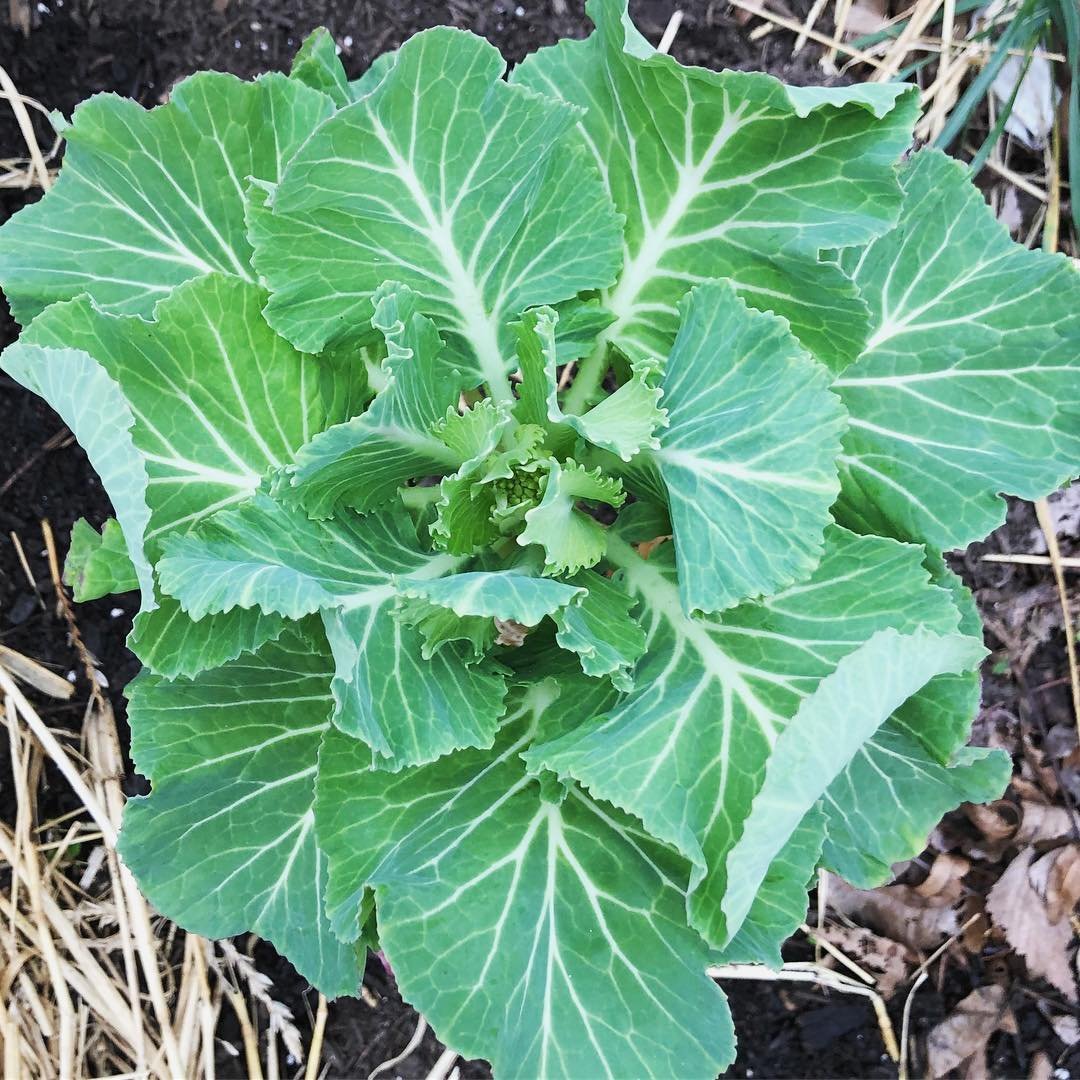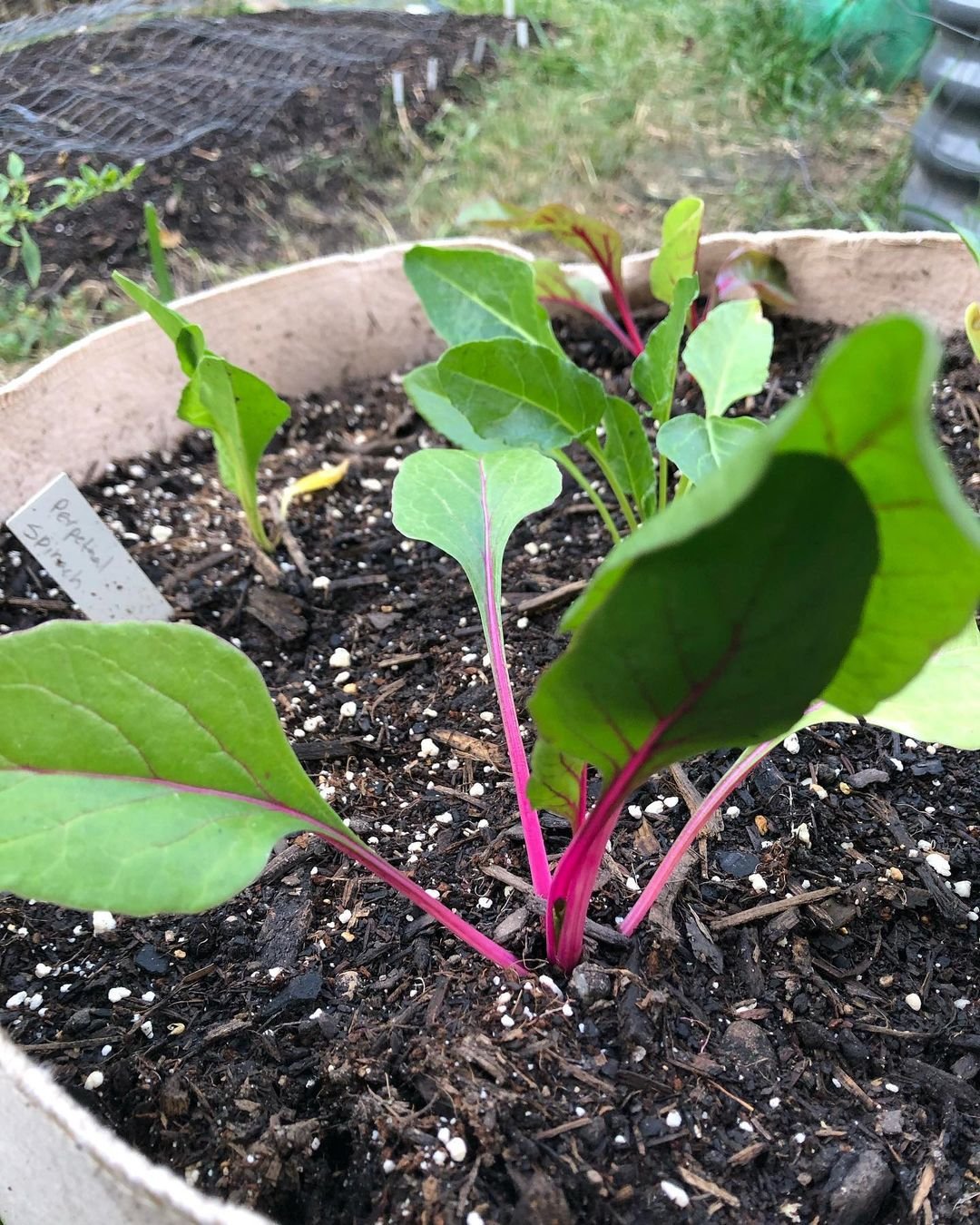Are you eager to cultivate your own vibrant and nutritious Collard greens at home? You’re in the right place! In this comprehensive guide, we’ll delve into the art of growing and caring for Collard greens, ensuring you achieve a thriving garden full of these leafy wonders. Whether you’re a seasoned gardener or a novice, we’ve got you covered.
Collard Greens Plant Attributes Chart
For your reference, here’s a concise chart summarizing the key attributes of collard greens:
| Attribute | Description |
|---|---|
| Varieties | Georgia Southern, Champion, Vates |
| Sunlight | 6-8 hours of daily sunlight |
| Soil pH | Slightly acidic (pH 6.0-7.5) |
| Spacing | 18 inches apart in rows |
| Watering Needs | Consistently moist soil |
| Fertilization | Balanced, slow-release fertilizer or compost |
| Common Pests | Cabbage worms, aphids, flea beetles |
| Disease Resistance | Moderate resistance to common brassica diseases |
| Special Features | Cold-hardy, can be harvested throughout the winter, rich in nutrients |
Getting Started: Selecting the Perfect Variety

Before we dive into the nitty-gritty of growing collard greens, let’s start with choosing the ideal variety for your garden. Some excellent options include Georgia Southern, Champion, and Vates. These varieties are renowned for their exceptional flavor and adaptability to various climates.
Planting Collard Greens

- Location Matters: Begin by finding a sunny spot in your garden that receives at least 6-8 hours of sunlight daily. Collard greens thrive in well-drained soil with a slightly acidic pH.
- Seeds or Seedlings: You have the choice to start collard greens from seeds or purchase seedlings from a local nursery. Space your seeds or seedlings approximately 18 inches apart in rows to provide ample room for growth.
- Soil Preparation: Prepare your soil by incorporating organic compost to enhance fertility and moisture retention. Prior to planting, ensure the compost is thoroughly mixed into the soil.
- Watering Wisdom: Maintain consistent moisture in the soil, but exercise caution to avoid overwatering, which can lead to root rot. Water at the base of the plants to prevent leaf diseases.
Caring for Your Collard Greens

- Mulch Magic: Apply a layer of mulch around your collard greens to conserve moisture, maintain soil temperature, and keep weeds at bay.
- Fertilization Facts: Nourish your collard greens with a balanced, slow-release fertilizer following the recommended application rates on the product label.
- Pest Protection: Stay vigilant for common pests like aphids and cabbage loopers. Consider employing natural remedies or organic pesticides to safeguard your greens.
- Harvesting Hacks: You can begin harvesting collard greens when they reach an appropriate size, typically 8-10 weeks after planting. Start by picking the outer leaves to encourage continuous growth.
Cultivating and caring for collard greens is a fulfilling journey that rewards you with fresh, homegrown produce rich in nutrients. Follow these guidelines, adapt them to your specific conditions, and soon you’ll relish the satisfaction of harvesting your own delicious collard greens. Happy gardening!!!
Pingback: Black Strawberry Tomatoes: A Gardener’s Guide
Pingback: Onion Growing Stages : The Gardener’s Guide
Pingback: The Amazing Health Benefits of Power Greens -
Pingback: Lettuce – How to Plant, Care & Pests - Gardener's School